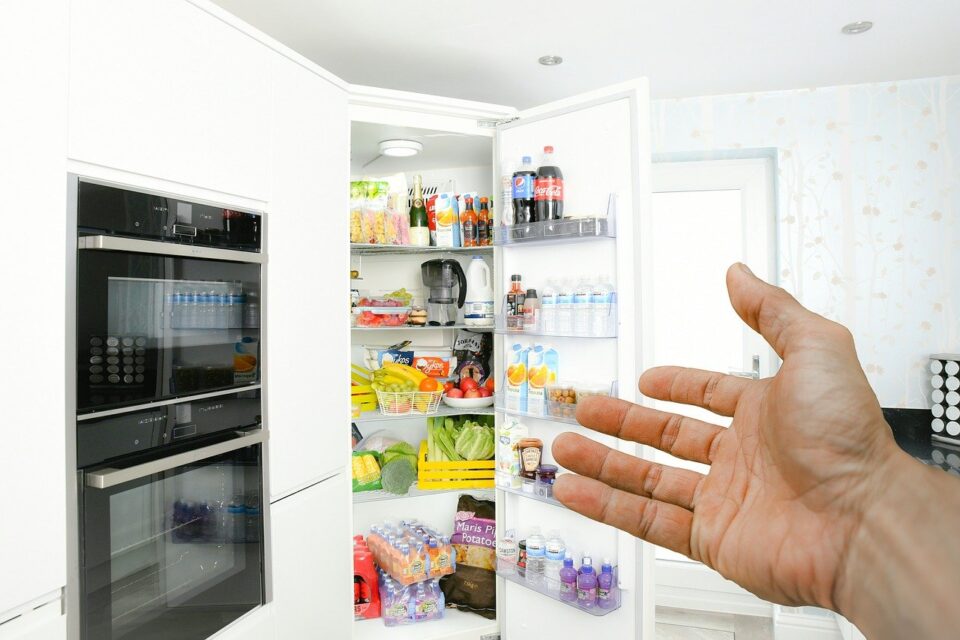When you are storing food at home, safety has to be paramount. If you are not storing food correctly or safely, you could be contaminating products. This could lead to stomach bugs and illness. To safely store food at home, you need to have the right approach and process. When you follow a process, you guarantee the food will be safe to eat whenever you choose to consume it whether it is one month or in one year!
Think about what you are storing
The first thing you must do is think about the food you will be storing. For instance, are you going to be purchasing coffee grinds or coffee beans? You may be storing something other than coffee. You may be storing potato chips, nachos, beans, or canned goods. When you can be sure of what you are storing, you can start looking at what containers to use and which cupboards to place them in – near the oven might not be the most sensible place, but a cool pantry could do the trick.
Buy quality items that will last in storage
If you love coffee and purchase an array of types, you need to know that these are quality products that will last in storage. Fortunately, you can learn more about the best quality coffee online – this way, you only purchase recommended already-packaged blends like those tried and reviewed on The Coffee Bros website.
Cleanliness is key
All food and storage containers to be used will have to be clean and sanitized as well as possible. If you are not cleaning food and containers correctly, you risk cross-contamination. You are also running the risk of food going bad before its best-before date (or use-by date). You may well find that food storage containers have to be washed weekly by hand and then sanitized separately on a monthly basis. Learning more about the products you are storing and at what temperature will give you good guidelines with regards to what cleaning schedule you should adopt.
Make a note of when items were stored
Whenever you are storing food (whether homemade or store-bought), you need to note down when it was stored. If you are not keeping a log of when items were stored, you are going to end up with unused and inedible items. Some items (if correctly stored) can last for months, while others can be inedible in days. Keeping labels on the packets and containers you use is a practice that you must apply and maintain (for as long as you store food). If you are using reusable containers, then use sticky labels, as these will not perish.
Sealed storage containers
If you are using sealed storage containers, always check the lids to ensure they are effectively sealed. Over time the seals can perish, and they can be ineffective and, in some cases, dangerous. Check containers both before and after use, and do not be afraid to throw out containers that are looking well past their best. Making a note of when you purchased or replaced containers may be good for you as it will motivate you to replenish containers that are looking a little over loved or well-worn.

